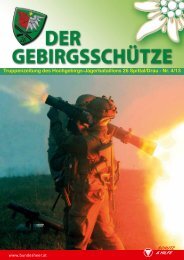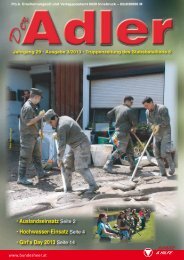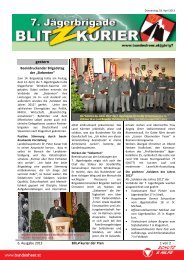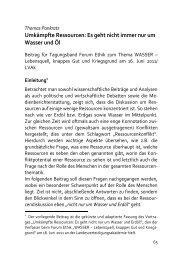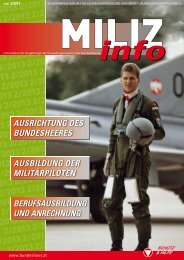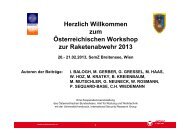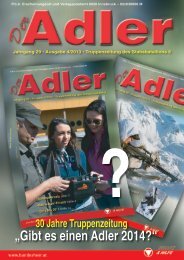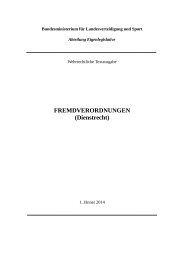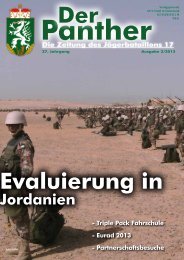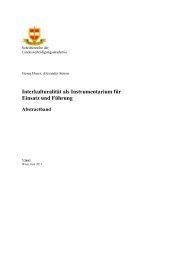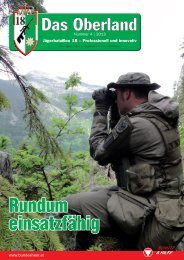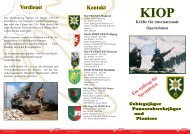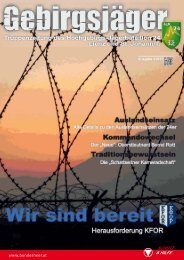Cooperation Between Organized Crime Groups Around The World
Cooperation Between Organized Crime Groups Around The World
Cooperation Between Organized Crime Groups Around The World
You also want an ePaper? Increase the reach of your titles
YUMPU automatically turns print PDFs into web optimized ePapers that Google loves.
describe the Colombian drug trafficking organizations can be misleading, since in legitimate<br />
business the function of a cartel is to restrict supply in order to keep prices high, a strategy<br />
which the Colombians have never adopted - on the contrary, they have a tendency to flood a<br />
market to saturation point.<br />
In February 1993, a single shipment of more than one metric ton of cocaine sent from<br />
Colombia was intercepted by customs authorities in the Russian town of Vyborg, having just<br />
crossed the border from Finland. <strong>The</strong> size of the consignment was such that it could not<br />
possibly have been intended for the Russian domestic market, and therefore would have been<br />
dependent upon a Russian distribution network to forward it, in this case to a destination in<br />
the Netherlands. <strong>The</strong> addressee to whom the cocaine was being sent in Russia was<br />
subsequently identified but according to some sources, the enquiry was dropped as the<br />
recipient firm represented the interests of an extremely high-ranking Russian official. 33<br />
Intelligence sources believe that Russians and Colombians have begun to collaborate more<br />
intensely in recent years. In 1997 alone, some 40 tons of cocaine left Colombian territory<br />
bound for the former Soviet Union. In January 1998, Russia’s Federal Security Service<br />
discovered 265 kilos of Colombian cocaine in an underground vault between the Siberian<br />
town of Braskt and the port of Vladivostok. Colombian cultivation of illicit crops went up by<br />
18% in 1997, partly to create and meet an expanding market in Russia, where cocaine is<br />
perceived by a sector of the country’s new business élite as young, fashionable and<br />
sophisticated. Colombia’s National Police director, General Rosso Jose Serrano, said in<br />
March 1998 that Colombian drug cartels were working with the Russian mafiya to inundate<br />
Europe with drugs during the <strong>World</strong> Cup football championships: with European customs<br />
stretched to full capacity to cope with the influx of football fans to France, it was assumed<br />
that narcotics consignments would pass more easily. Authorities in both countries have<br />
themselves begun to collaborate against this criminal collaboration: in November 1997, the<br />
Colombian Foreign Affairs Minister and the Russian Ambassador to Colombia signed a joint<br />
agreement to exchange information concerning Russian mafiya connections to the Colombian<br />
cartels. 34<br />
Russo-Colombian criminal cooperation is not limited to cocaine trafficking. It is thought<br />
that 30 Russian Mafiya groups operate between Miami, New York and Portorico, buying up<br />
consignments of arms through associates in Russia and Eastern Europe and exchanging these<br />
for cocaine in Colombia. Air to air missiles have been removed from Russian military<br />
arsenals and sent to Colombia via Bulgaria. 35 Discussions over the purchase by the Cali cartel<br />
of a Russian submarine complete with captain and 20 crew for the transportation of cocaine<br />
were begun, and did not conclude in a sale only because the plans were discovered by<br />
intelligence operatives.<br />
Colombian organizations tend to be vertically integrated, but require collaborators in each<br />
country in order to overcome institutional or bureaucratic problems and to extend their<br />
networks in countries where they have no pre-existing links. When for example Colombian<br />
cocaine trafficking organizations wished to re-route cocaine supply lines to North America<br />
from the Caribbean to pass through Mexico, it became necessary to open contacts with<br />
Mexican criminal groups who knew the territory and, most importantly, knew whom and how<br />
to corrupt. Similarly, when the Colombians began a marketing drive in Western Europe in<br />
anticipation of the Single European Market they reinforced links with Italian Mafia groups,<br />
33<br />
34<br />
35<br />
Fituni, op.cit.<br />
<strong>The</strong> Financial Times, London, 28-29 March 1998.<br />
La Repubblica, Rome, 30 September 1997.<br />
73



